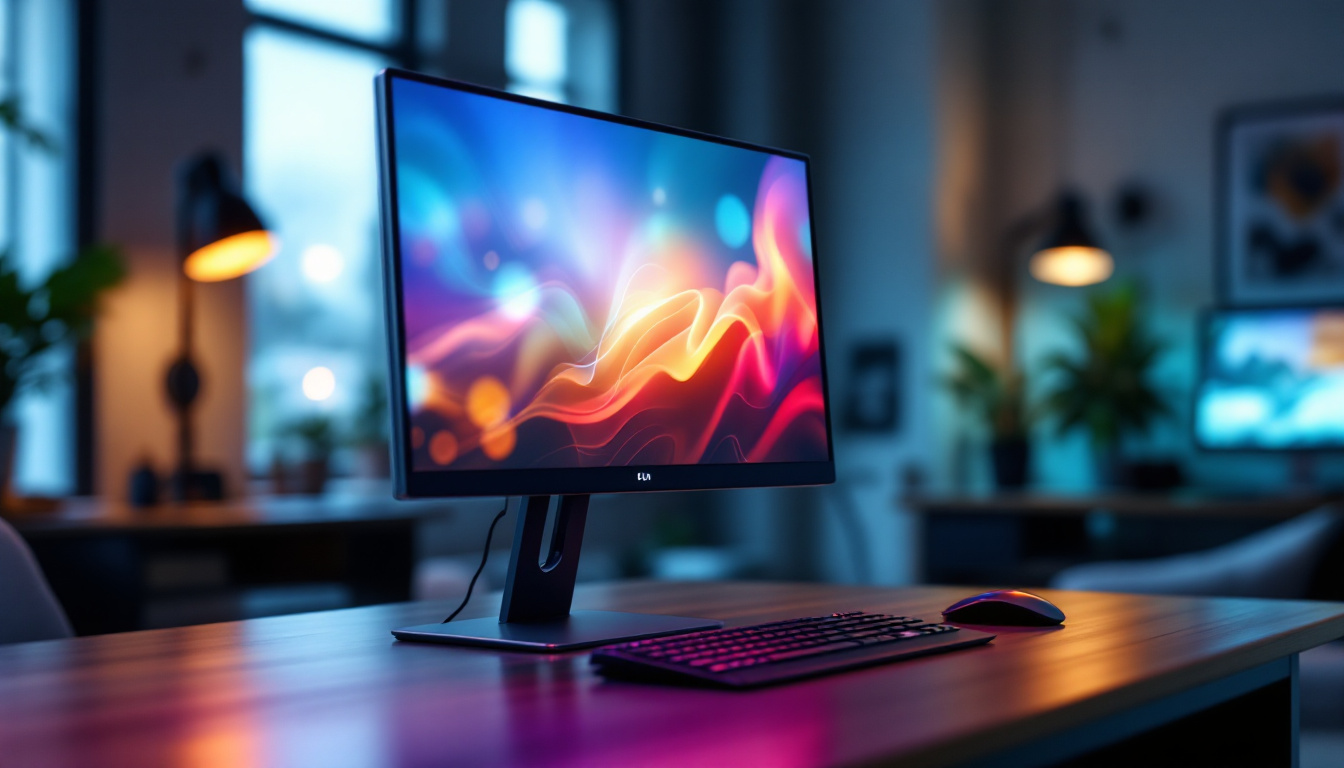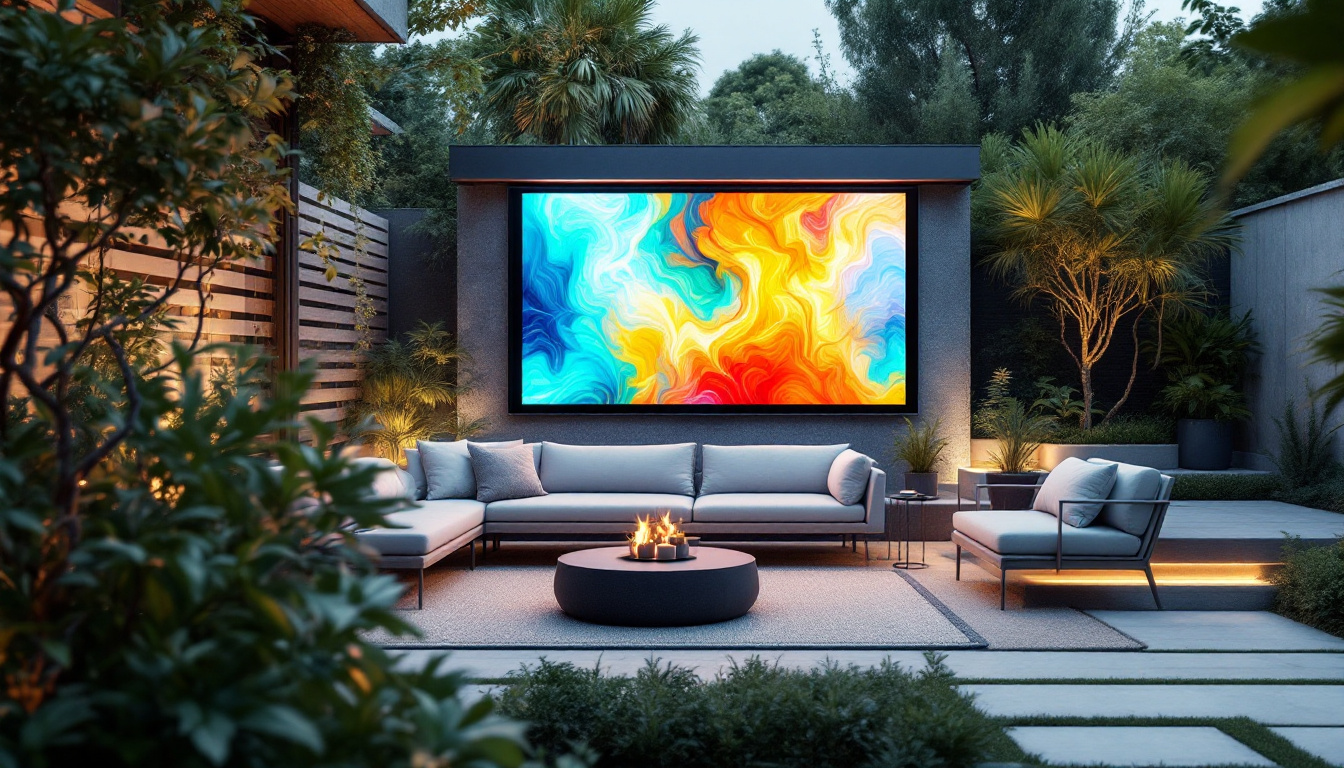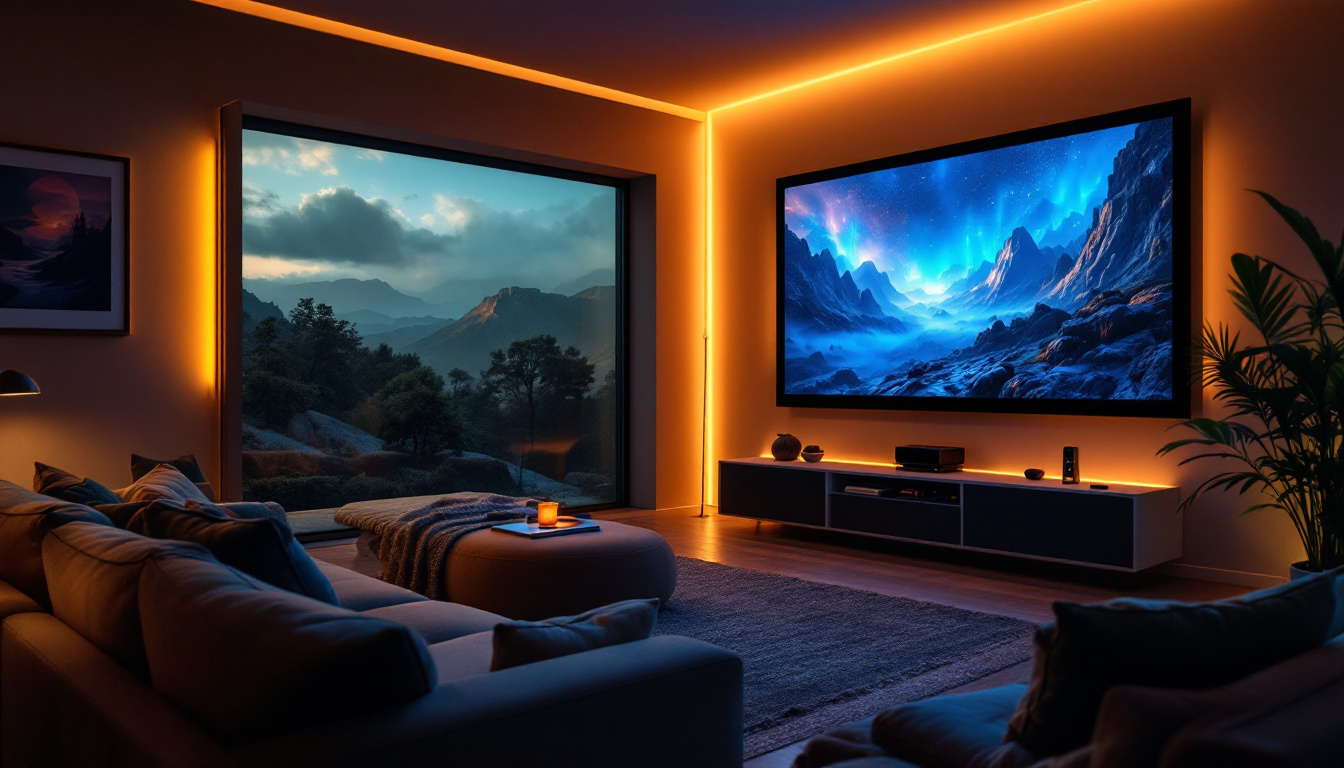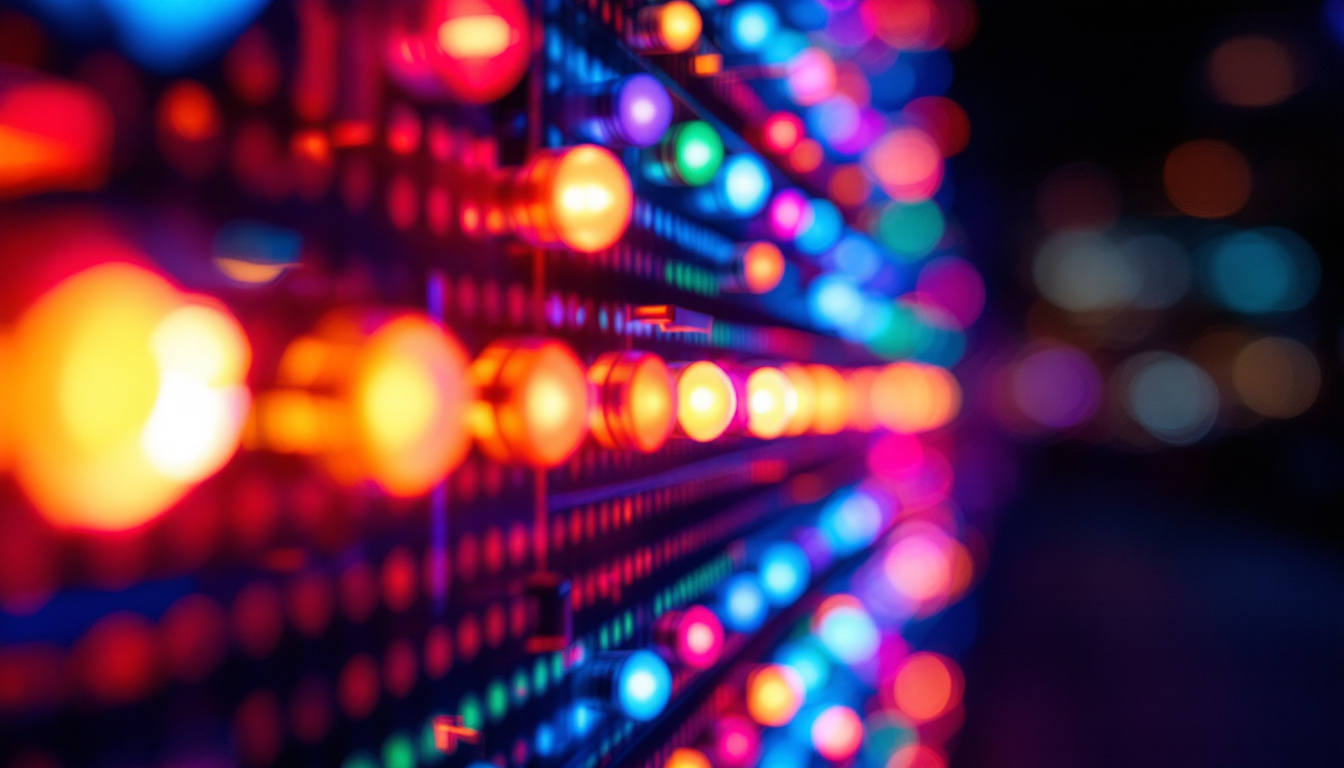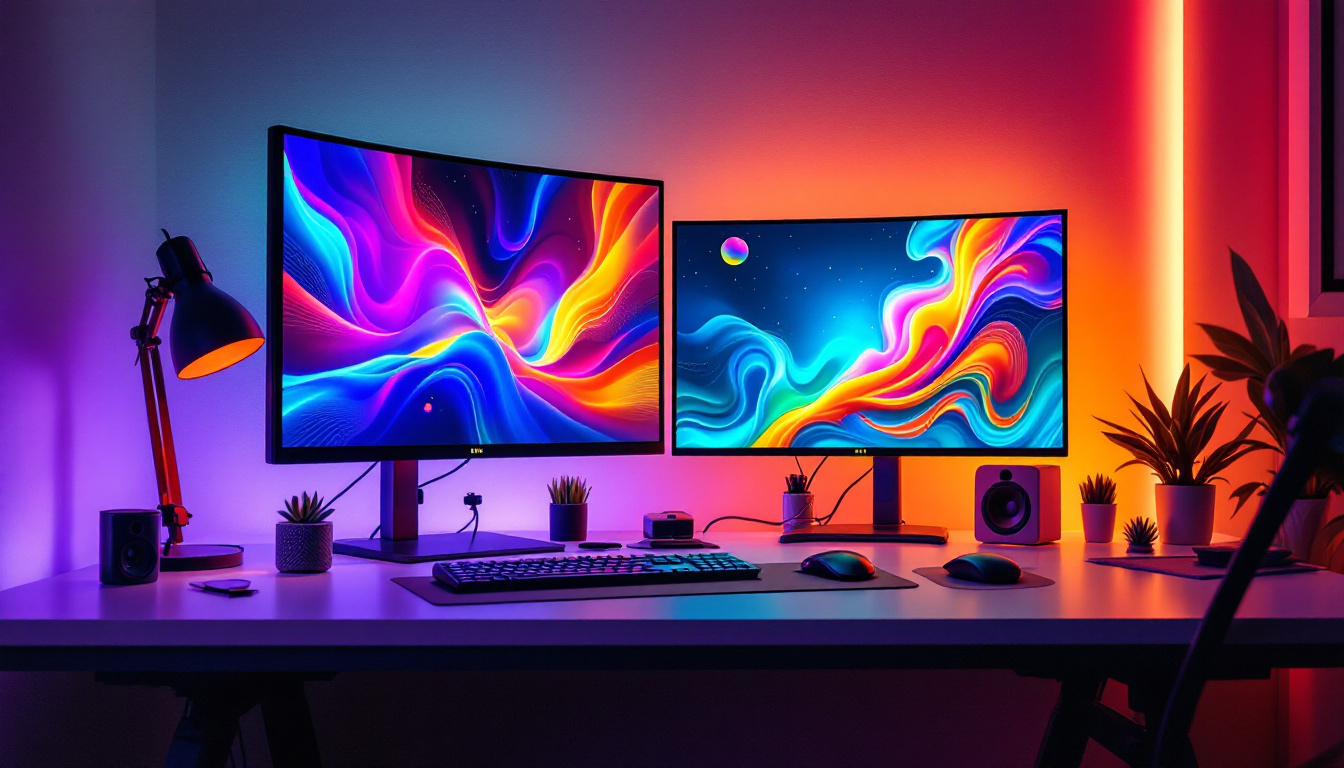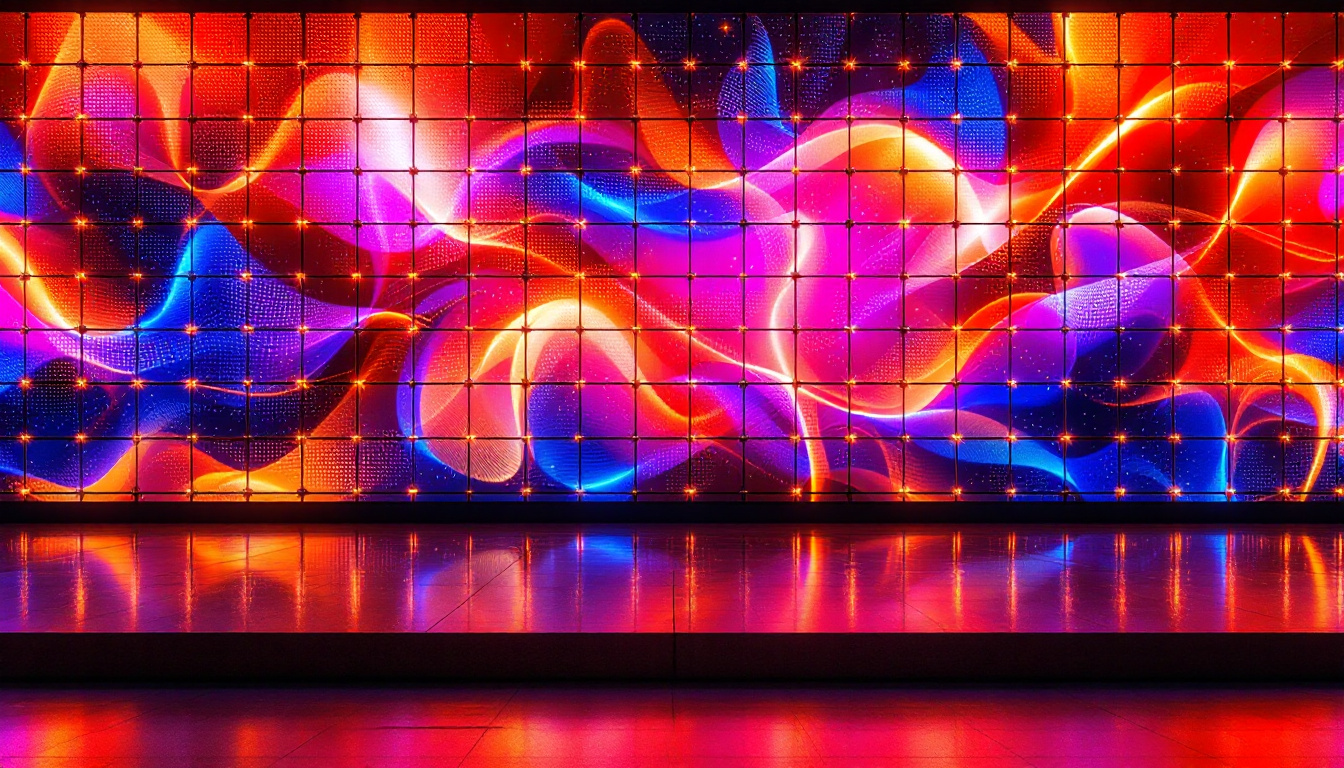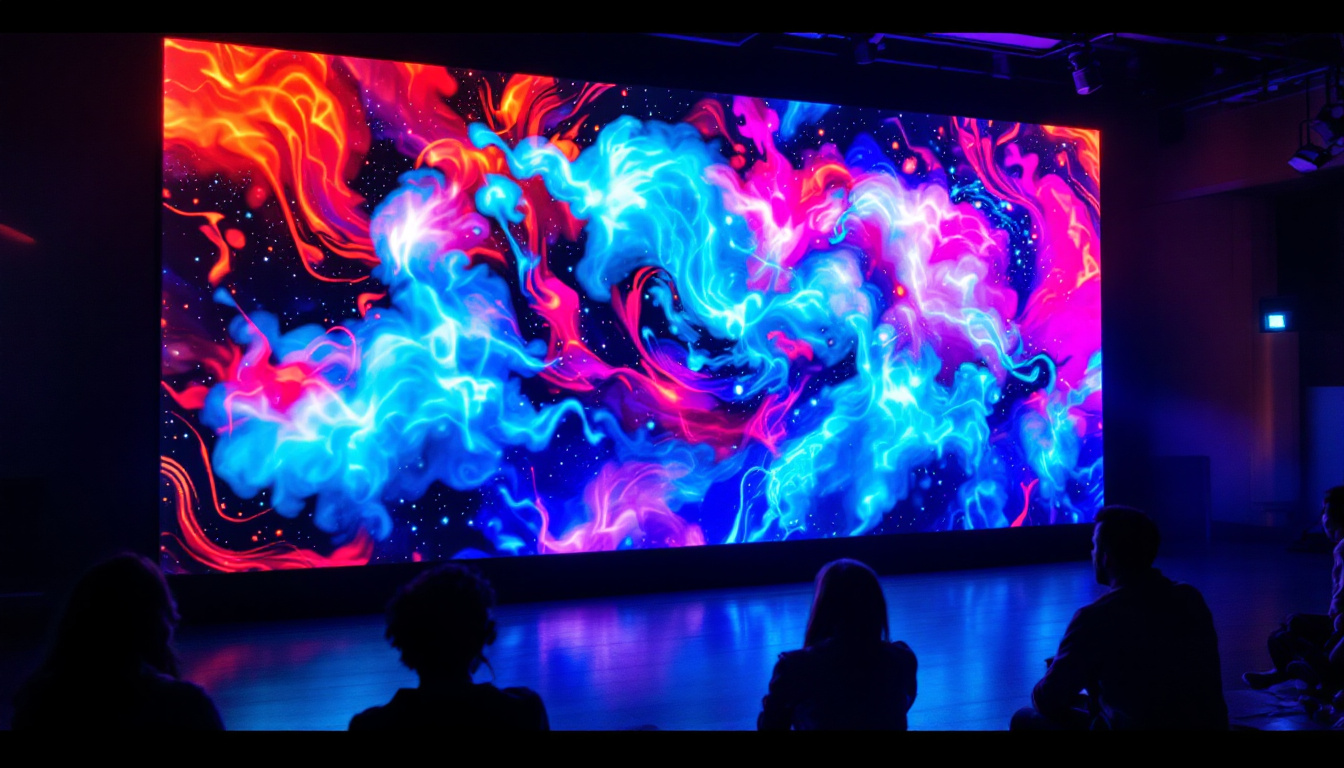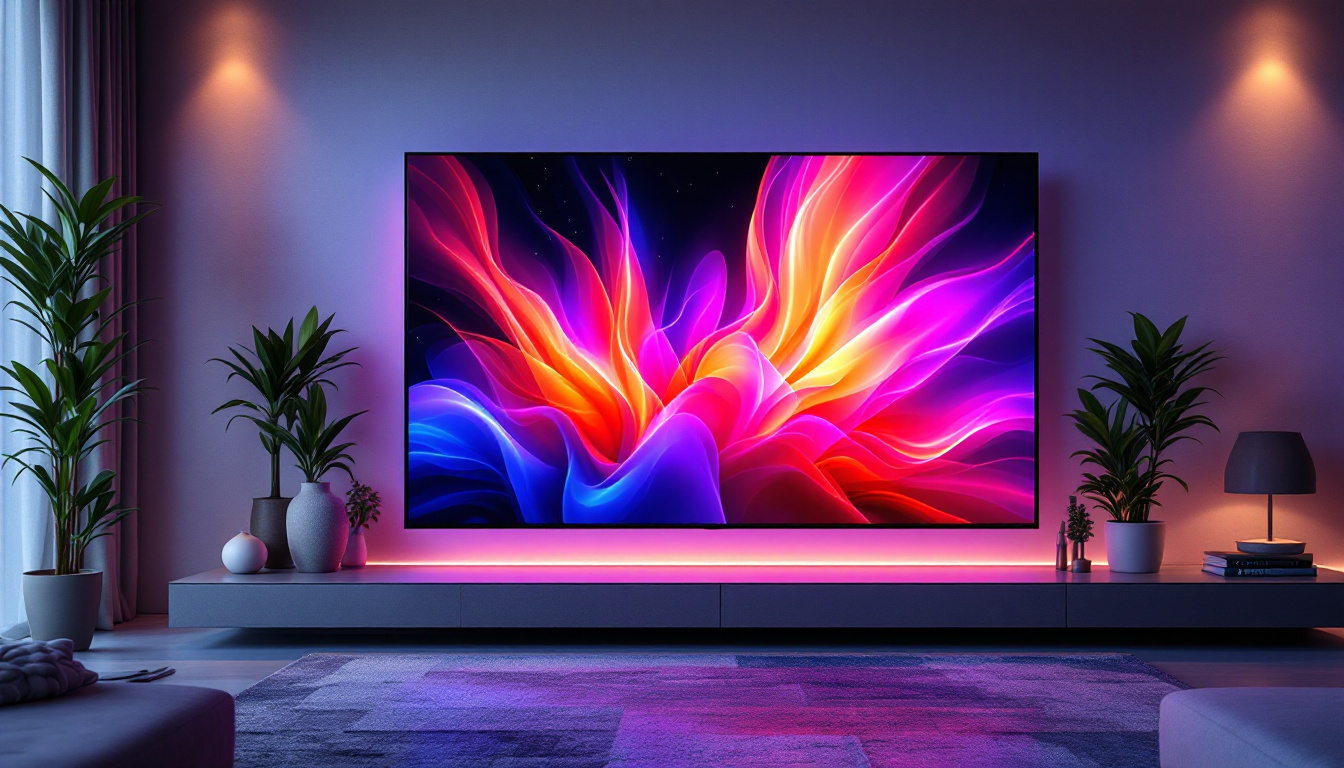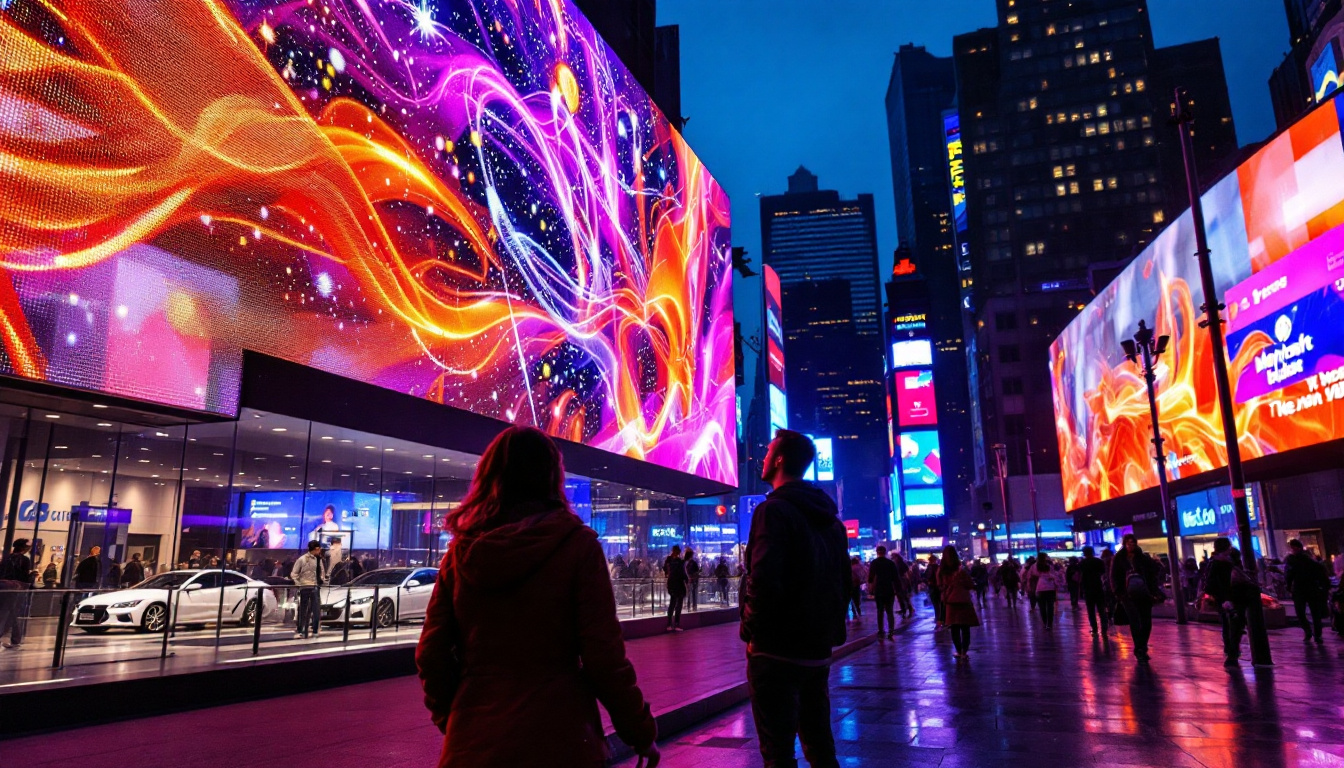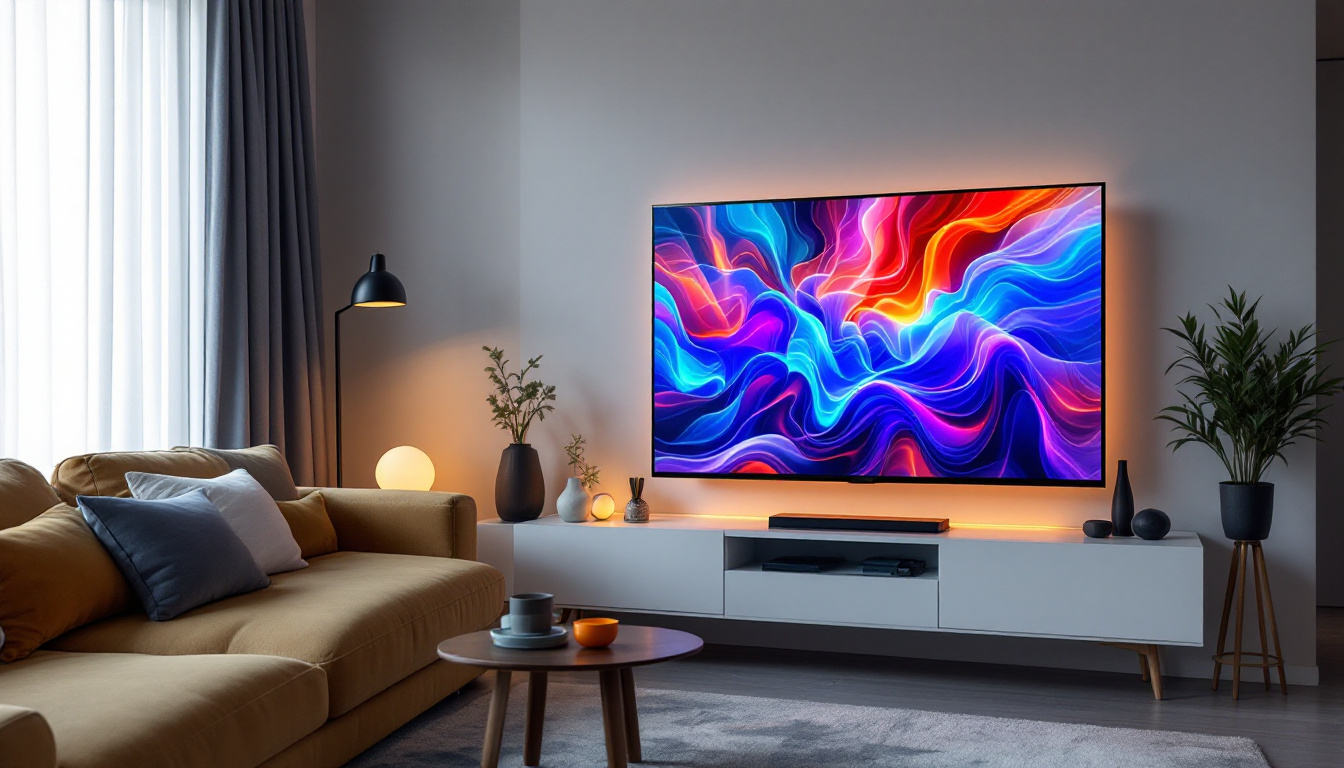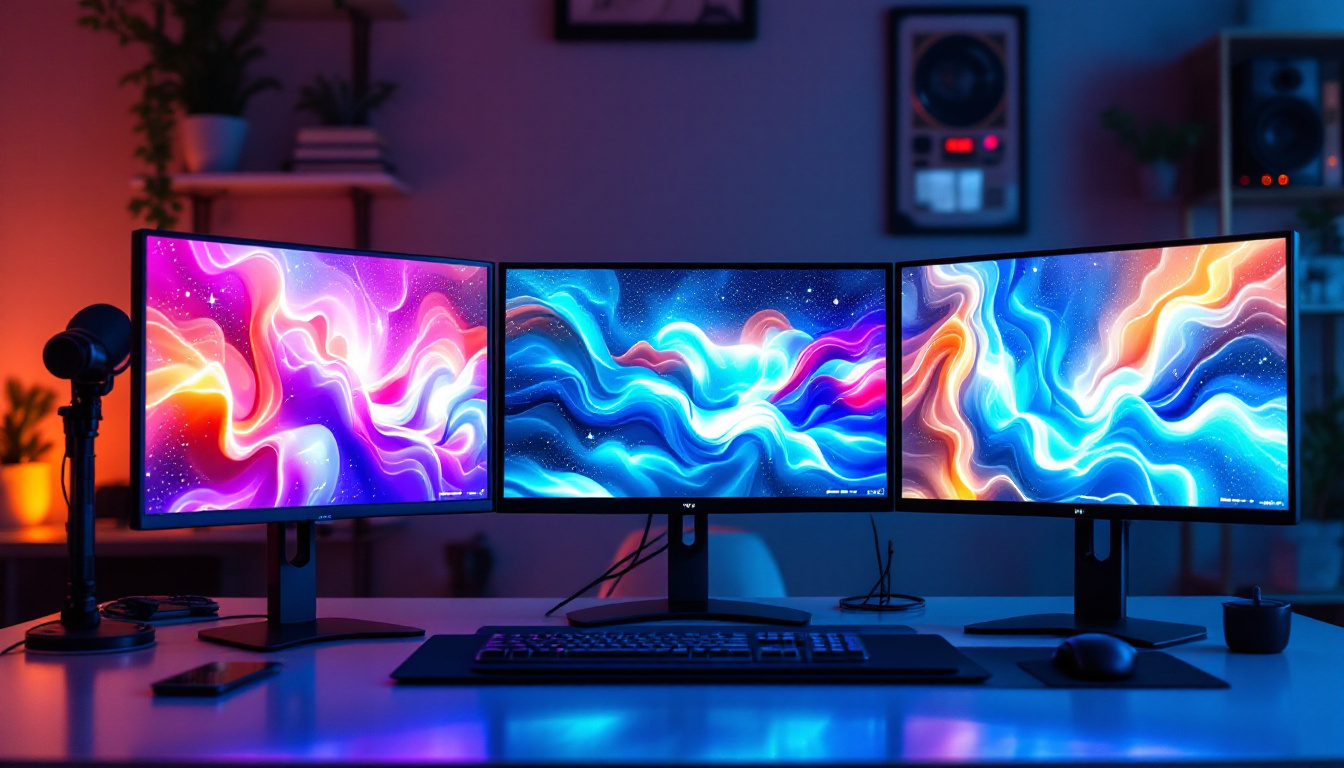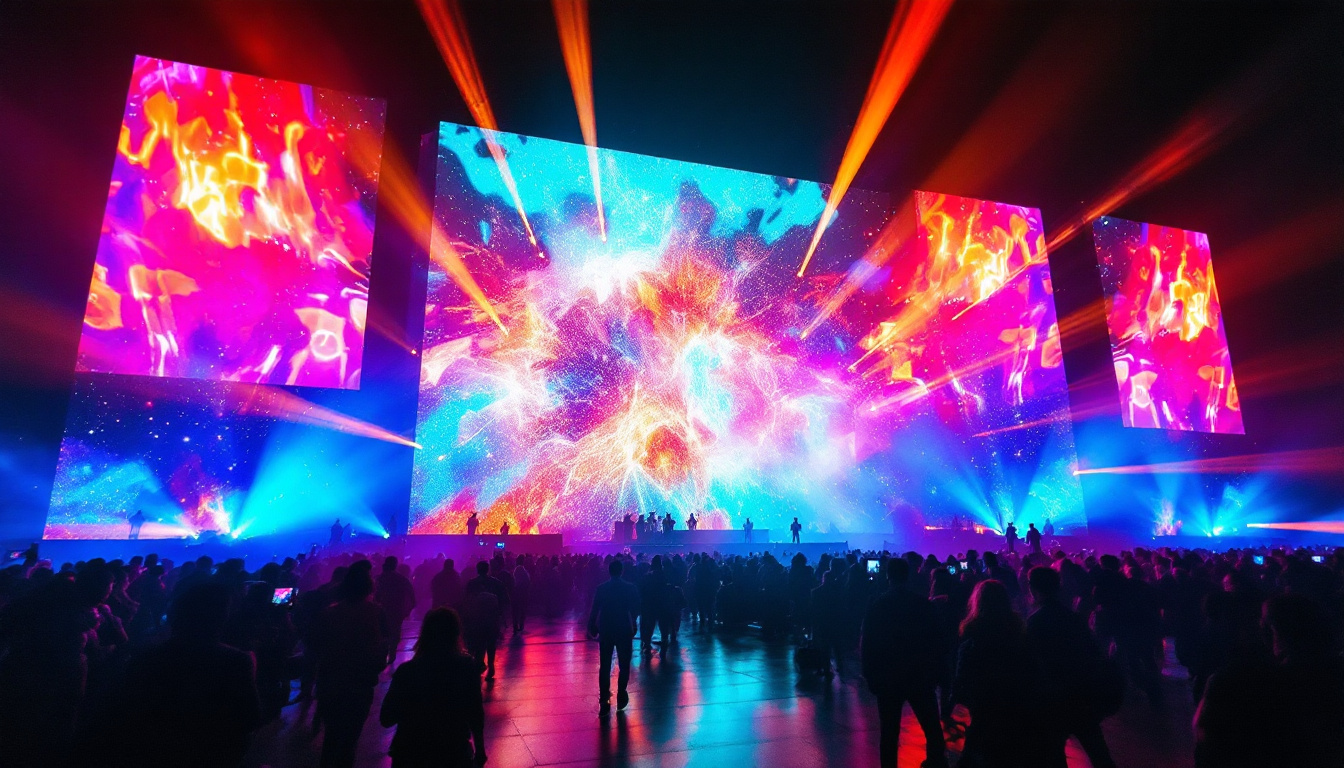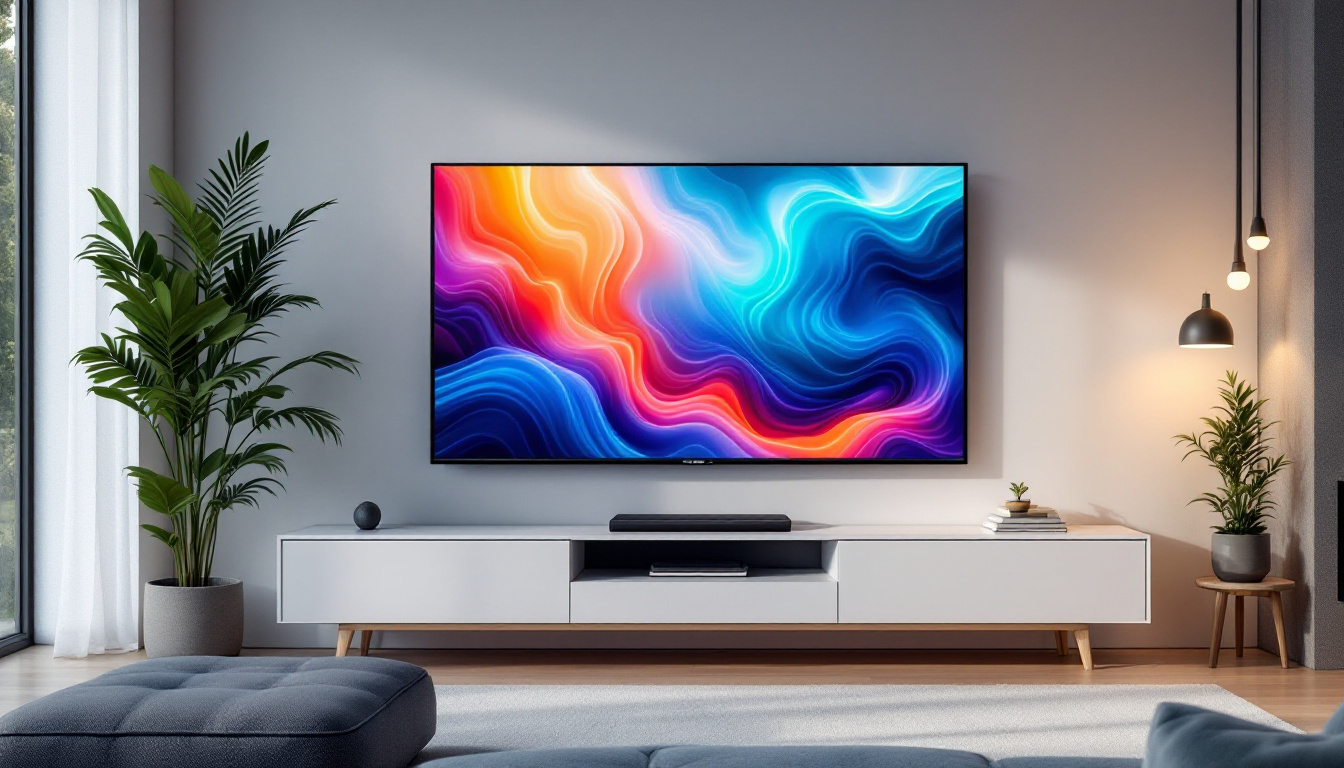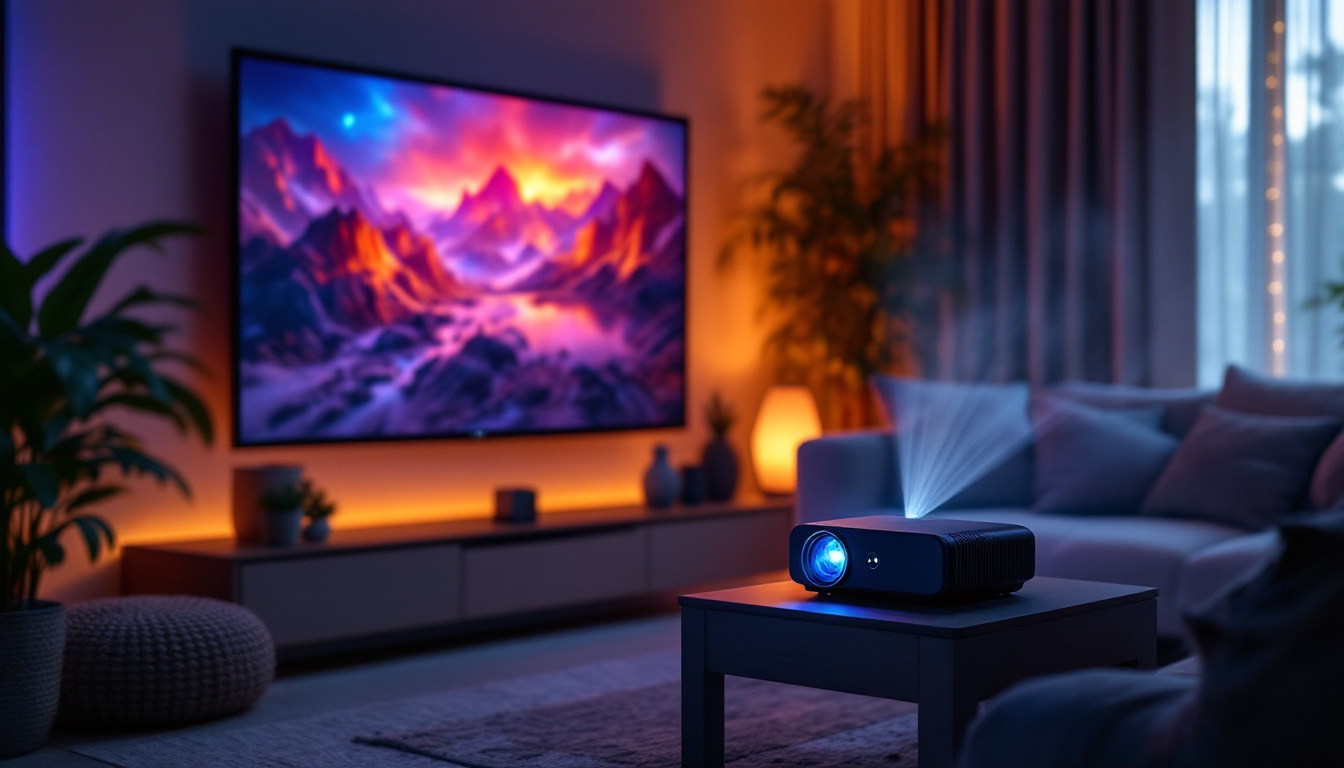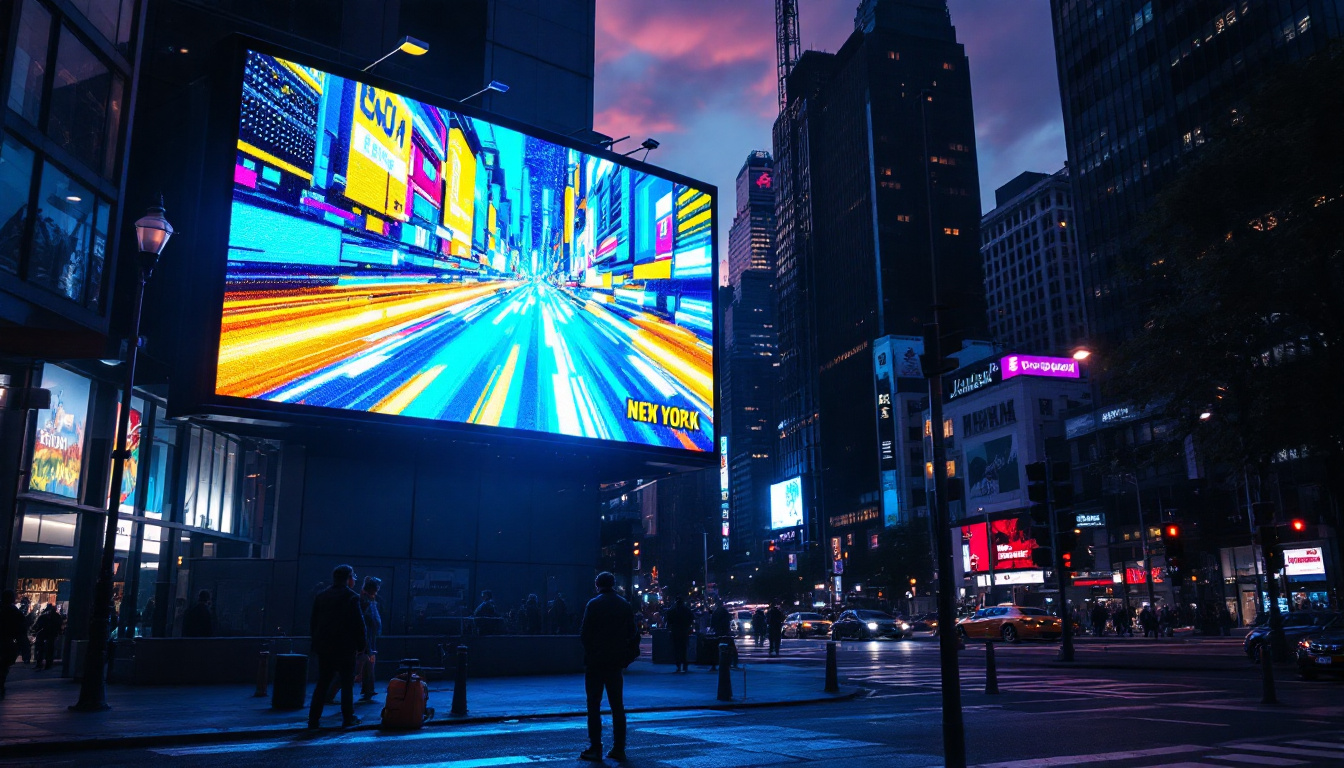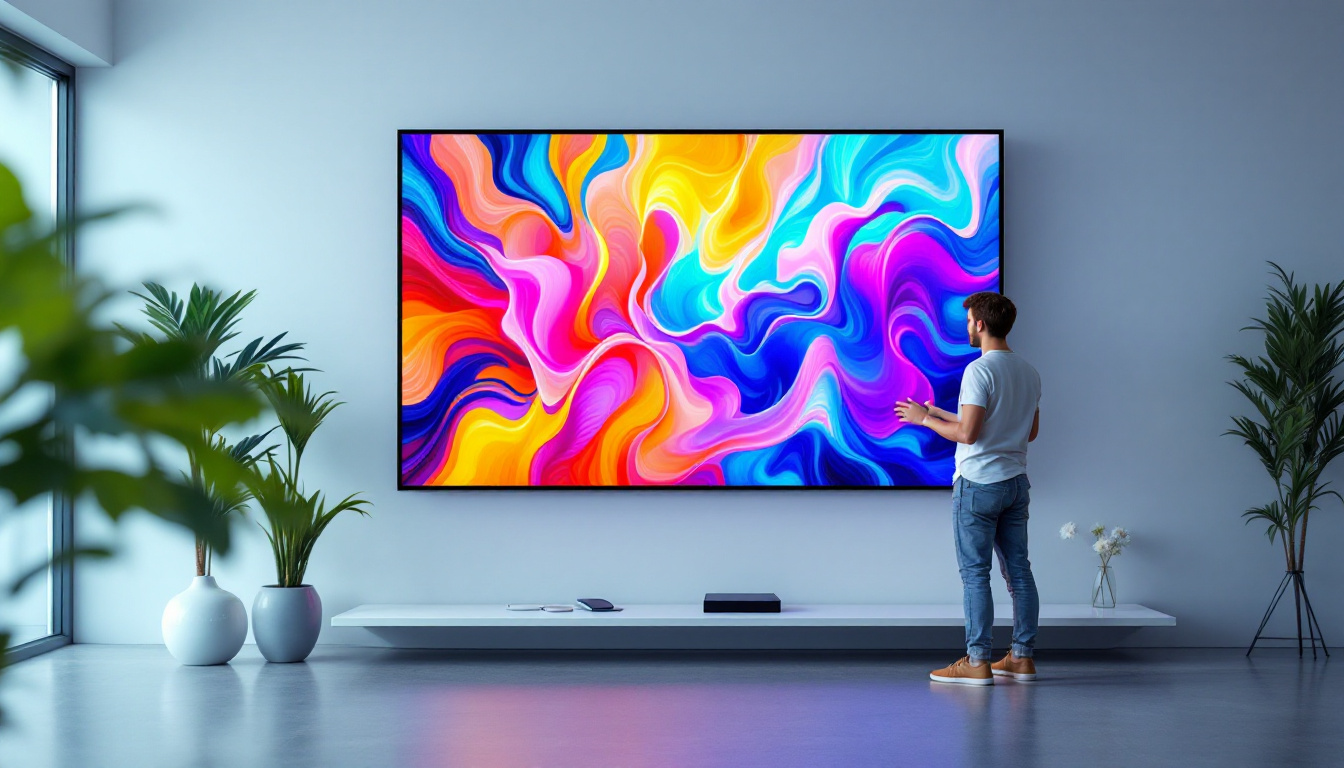In the realm of technology, particularly in displays, understanding dimensions is crucial. One common size that often arises in discussions about LED displays is 1.3 inches. This article will delve into the conversion of 1.3 inches to centimeters, explore the significance of this measurement in the context of LED displays, and examine the various applications where such displays are utilized.
Understanding the Conversion: Inches to Centimeters
When it comes to converting inches to centimeters, the formula is straightforward. One inch is equivalent to 2.54 centimeters. Therefore, to convert 1.3 inches to centimeters, the calculation is as follows:
1.3 inches × 2.54 cm/inch = 3.302 cm
This means that a 1.3-inch display measures approximately 3.302 centimeters diagonally. Understanding this conversion is essential for various applications, especially in regions that primarily use the metric system. The ability to convert measurements accurately can also be crucial in international trade, where products are often sold in different units depending on the market. For instance, a manufacturer exporting electronics to Europe must ensure that all specifications are provided in centimeters to meet local standards and regulations.
The Importance of Accurate Measurements
Accurate measurements are vital in the design and manufacturing of LED displays. A slight deviation in size can lead to significant issues in compatibility with other components or in the overall design aesthetics. For instance, when integrating a 1.3-inch LED display into a device, knowing its exact dimensions in centimeters helps engineers ensure that the display fits perfectly within the designated space. This precision is not only critical for functionality but also for maintaining a sleek and professional appearance in consumer products.
Moreover, accurate measurements support better user experience. A display that is too large or too small can hinder usability, affecting how users interact with the device. This is particularly important in consumer electronics, where the display is often the primary interface between the user and the device. In addition, the clarity and readability of the information presented on these displays can significantly impact user satisfaction. Therefore, manufacturers invest considerable resources in ensuring that their displays meet stringent dimensional and quality standards.
Applications of 1.3-Inch LED Displays
1.3-inch LED displays are commonly found in various applications ranging from consumer electronics to industrial equipment. Their compact size makes them ideal for devices where space is limited but visibility is still essential. The versatility of these displays allows them to be integrated into a wide range of products, catering to different user needs and preferences.
Some common applications include:
- Wearable Devices: Smartwatches and fitness trackers often utilize small displays to provide essential information to users without compromising portability. These devices rely on clear, concise visual feedback to keep users informed about their health metrics and notifications.
- Home Appliances: Many modern appliances, such as microwaves and washing machines, feature small LED displays to show settings and timers. These displays enhance user interaction by providing intuitive controls and instant feedback on the appliance’s status.
- Medical Equipment: Devices such as glucose monitors and portable ECG machines benefit from compact displays that convey critical information quickly and clearly. In medical settings, the ability to read measurements at a glance can be crucial for timely decision-making.
In addition to these applications, 1.3-inch LED displays are increasingly being used in automotive dashboards, providing essential information like speed and fuel levels in a compact format. Their energy efficiency and brightness make them suitable for environments with varying lighting conditions, ensuring that critical data is always visible to the driver. As technology continues to evolve, the demand for such small yet powerful displays is likely to grow, leading to further innovations in their design and functionality.
LED Display Technology: A Brief Overview
LED (Light Emitting Diode) technology has revolutionized the display industry. Unlike traditional LCDs, LED displays offer several advantages, including better brightness, improved contrast ratios, and lower power consumption. Understanding how LED technology works can provide insights into why a 1.3-inch display is often preferred in various applications.
How LED Displays Work
LED displays operate by utilizing tiny light-emitting diodes that produce light when an electric current passes through them. These diodes are arranged in a matrix to form pixels, which can be individually controlled to create images and text.
One of the key benefits of LED technology is its ability to produce vibrant colors and deep blacks, enhancing the overall viewing experience. This is particularly important in applications where clarity and visibility are paramount, such as in medical devices or smartwatches. The precise control over each pixel allows for dynamic content display, making LED technology suitable for everything from digital signage to high-end televisions.
Advantages of LED Displays
LED displays come with several advantages that make them a popular choice across various industries:
- Energy Efficiency: LED displays consume significantly less power compared to traditional displays, which is crucial for battery-operated devices.
- Longevity: LEDs have a longer lifespan, often lasting tens of thousands of hours, reducing the need for frequent replacements.
- Thin and Lightweight: The compact nature of LED technology allows for thinner and lighter displays, making them ideal for portable devices.
In addition to these advantages, LED displays also provide superior viewing angles. Unlike some LCDs that suffer from color distortion when viewed from the side, LED displays maintain color accuracy and brightness even at sharp angles. This characteristic is particularly beneficial in collaborative environments, such as conference rooms, where multiple viewers may be seated at different positions relative to the screen.
Moreover, the versatility of LED technology extends beyond just small screens. It has paved the way for large-scale applications, such as LED billboards and video walls, which can create stunning visual experiences in public spaces. The ability to seamlessly tile multiple LED panels together allows for expansive displays that can convey high-impact messages and advertisements, transforming how brands engage with their audiences.
Choosing the Right Display Size
When selecting a display size, several factors come into play, including the intended use, the available space, and user preferences. A 1.3-inch display, while small, can be highly effective when used appropriately.
Factors to Consider When Selecting Display Size
1. **Intended Use:** The primary function of the device plays a significant role in determining the display size. For example, a smartwatch may require a smaller display to maintain a sleek profile, while a home appliance might benefit from a larger screen for better visibility.
2. **User Interaction:** Consider how users will interact with the display. Smaller displays may limit the amount of information that can be shown at once, so it’s essential to balance size with functionality.
3. **Aesthetics and Design:** The design of the device should also influence the display size. A well-integrated display can enhance the overall look of the product, while an ill-fitting one can detract from its appeal.
Trends in Display Sizes
In recent years, there has been a trend toward smaller displays in many consumer electronics. This shift is driven by the demand for more compact and portable devices. As technology advances, manufacturers are finding innovative ways to maximize functionality within smaller screens.
However, this trend does not mean that larger displays are becoming obsolete. In fact, many applications still require larger screens for enhanced visibility and user experience, particularly in fields such as gaming and multimedia.
Future of LED Displays
The future of LED displays looks promising, with ongoing advancements in technology that continue to improve performance and functionality. Innovations such as flexible displays and higher pixel densities are paving the way for new applications and design possibilities.
Emerging Technologies in LED Displays
1. **Flexible Displays:** The development of flexible LED displays allows for new design possibilities, enabling screens to be curved or bent to fit various shapes and forms. This technology could lead to innovative applications in wearables and automotive displays.
2. **MicroLED Technology:** MicroLED is an emerging technology that utilizes smaller LEDs to create displays with higher resolutions and improved color accuracy. This technology has the potential to revolutionize the display market, offering enhanced visual experiences.
3. **Smart Displays:** The integration of smart technology into LED displays is becoming increasingly common. Features such as touch sensitivity and connectivity options are enhancing user interaction and creating more versatile applications.
Challenges and Considerations
Despite the advancements, there are challenges that manufacturers face in the LED display market. These include:
- Cost of Production: High-quality LED displays can be expensive to produce, which may limit their accessibility in certain markets.
- Competition: The display market is highly competitive, with numerous players vying for market share. Staying ahead of trends and technological advancements is crucial for success.
- Environmental Impact: As with any technology, the environmental impact of production and disposal is a concern. Manufacturers are increasingly focusing on sustainable practices to mitigate this impact.
Conclusion
Understanding the conversion of 1.3 inches to centimeters is just one aspect of grasping the broader context of LED displays. These displays play a vital role in various applications, from consumer electronics to industrial equipment, and their compact size can be both an advantage and a limitation depending on the use case.
As technology continues to evolve, the future of LED displays appears bright, with innovations that promise to enhance functionality and user experience. Whether it’s through flexible designs, higher resolutions, or smarter technology, the potential for LED displays is vast.
In conclusion, the 1.3-inch LED display serves as a prime example of how size and technology intersect, shaping the devices that are an integral part of modern life. As industries continue to adapt and innovate, understanding these dimensions will remain essential for anyone involved in the design and use of display technology.
Discover LumenMatrix’s Advanced LED Display Solutions
As you consider the importance of precise display dimensions and the evolving landscape of LED technology, LumenMatrix stands at the forefront of innovation, ready to elevate your visual communication. With a diverse range of cutting-edge LED display modules—from Indoor and Outdoor LED Wall Displays to specialized solutions like Vehicle and Sports Displays—LumenMatrix is committed to transforming your brand’s presence and audience engagement. Embrace the future of display technology and check out LumenMatrix LED Display Solutions to create unforgettable visual experiences that resonate with clarity and impact.


